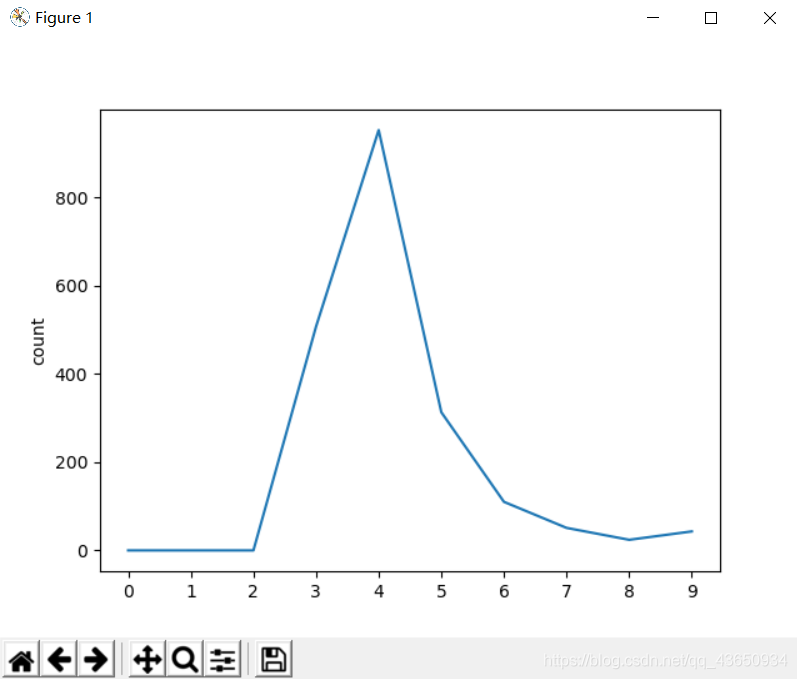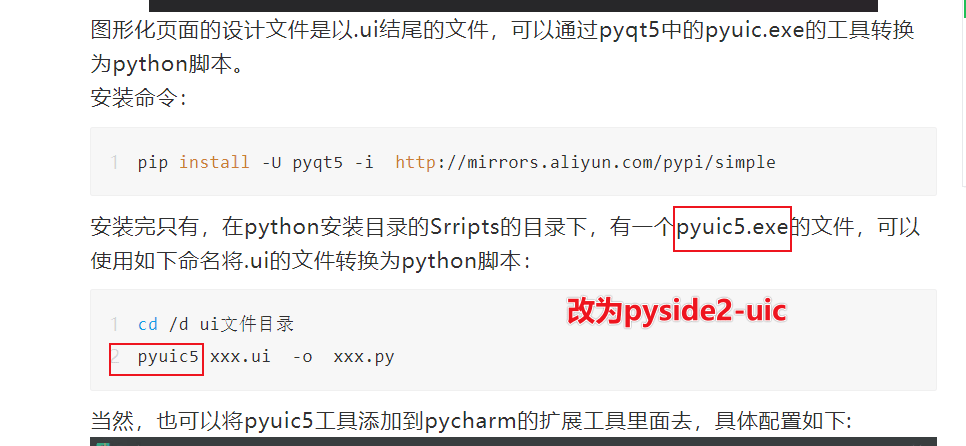一、迭代器Iterators
迭代器仅是一容器对象,它实现了迭代器协议。它有两个基本方法:
1)next方法
返回容器的下一个元素
2)__iter__方法
返回迭代器自身
迭代器可使用内建的iter方法创建,见例子:
>>> i = iter('abc')
>>> i.next()
'a'
>>> i.next()
'b'
>>> i.next()
'c'
>>> i.next()
Traceback (most recent call last):
File "<string>", line 1, in <string>
StopIteration:class MyIterator(object):
def __init__(self, step):
self.step = step
def next(self):
"""Returns the next element."""
if self.step==0:
raise StopIteration
self.step-=1
return self.step
def __iter__(self):
"""Returns the iterator itself."""
return self
for el in MyIterator(4):
print el
--------------------
结果:
3
2
1
0
二、生成器Generators
从Python2.2起,生成器提供了一种简洁的方式帮助返回列表元素的函数来完成简单和有效的代码。
它基于yield指令,允许停止函数并立即返回结果。
此函数保存其执行上下文,如果需要,可立即继续执行。
例如Fibonacci函数:
def fibonacci():
a,b=0,1
while True:
yield b
a,b = b, a+b
fib=fibonacci()
print fib.next()
print fib.next()
print fib.next()
print [fib.next() for i in range(10)]
--------------------
结果:
1
1
2
[3, 5, 8, 13, 21, 34, 55, 89, 144, 233]
PEP Python Enhancement Proposal Python增强建议
tokenize模块
>>> import tokenize
>>> reader = open('c:/temp/py1.py').next
>>> tokens=tokenize.generate_tokens(reader)
>>> tokens.next()
(1, 'class', (1, 0), (1, 5), 'class MyIterator(object):/n')
>>> tokens.next()
(1, 'MyIterator', (1, 6), (1, 16), 'class MyIterator(object):/n')
>>> tokens.next()
(51, '(', (1, 16), (1, 17), 'class MyIterator(object):/n')
例子:
def power(values):
for value in values:
print 'powering %s' %value
yield value
def adder(values):
for value in values:
print 'adding to %s' %value
if value%2==0:
yield value+3
else:
yield value+2
elements = [1,4,7,9,12,19]
res = adder(power(elements))
print res.next()
print res.next()
--------------------
结果:
powering 1
adding to 1
3
powering 4
adding to 4
7
保持代码简单,而不是数据。
注意:宁可有大量简单的可迭代函数,也不要一个复杂的一次只计算出一个值的函数。
例子:
def psychologist():
print 'Please tell me your problems'
while True:
answer = (yield)
if answer is not None:
if answer.endswith('?'):
print ("Don't ask yourself too much questions")
elif 'good' in answer:
print "A that's good, go on"
elif 'bad' in answer:
print "Don't be so negative"
free = psychologist()
print free.next()
print free.send('I feel bad')
print free.send("Why I shouldn't ?")
print free.send("ok then i should find what is good for me")
--------------------
结果:
Please tell me your problems
None
Don't be so negative
None
Don't ask yourself too much questions
None
A that's good, go on
None
到此这篇关于Python的迭代器和生成器使用实例就介绍到这了。世上最有力的报仇不是痛击对手,而是你因此活得更好,这就够了。更多相关Python的迭代器和生成器使用实例内容请查看相关栏目,小编编辑不易,再次感谢大家的支持!





